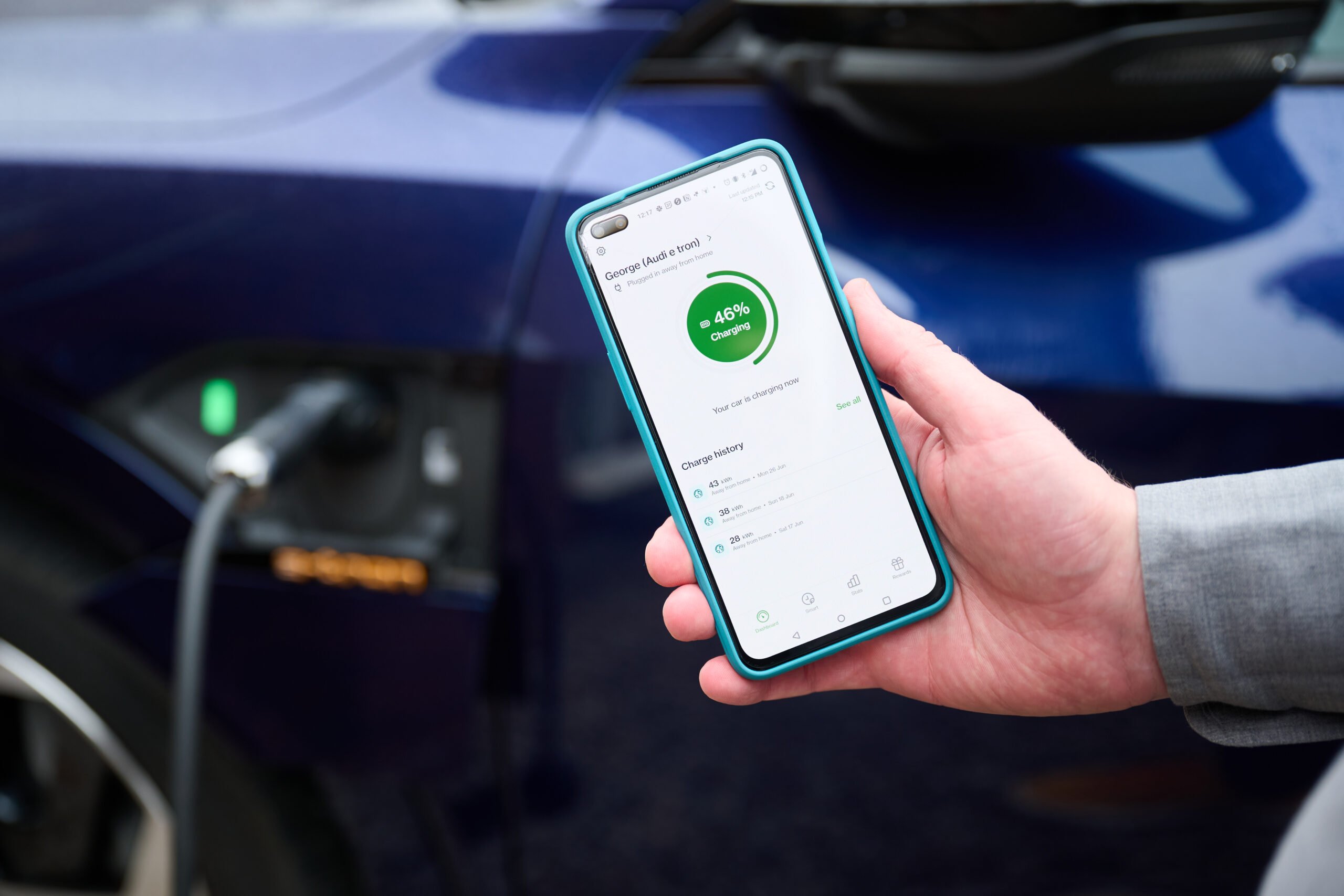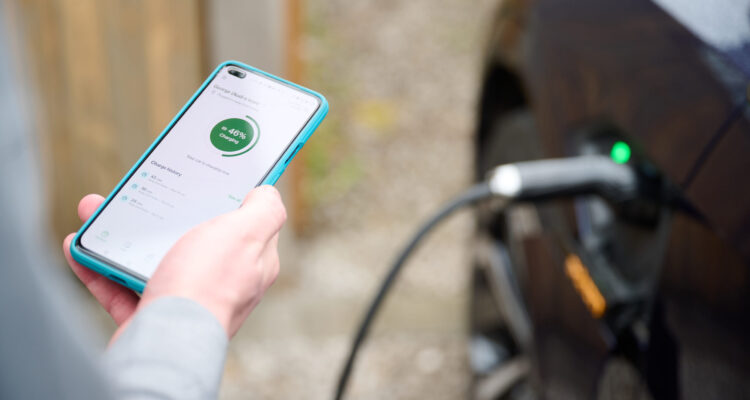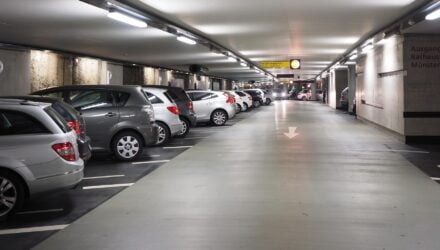The start of a new year is a great time to reflect on our industry’s evolution. Only a few years ago, we were discussing the electric vehicle (EV) transition and wondering if it would happen. We’ve come a long way since, now consumers are steadily converting to EVs and businesses are investing significantly in low-carbon transport thanks to tax incentives. We’re also experiencing the reshaping of geopolitics with energy being less about gas and oil, and more about lithium, cobalt, and other battery materials.
However, challenges lay ahead. In the UK, ZEV mandates, a ban on the sale of ICE vehicles, and a target to decarbonise Britain’s power system by 2035 put pressure on the transport and energy sectors. So, how can we expect them to respond?
Strained grids leave us reliant on fossil fuels
On the surface – inflationary pressures, recession threats, and sky-high energy prices all present obstacles for consumers in their transition to EVs. Yet, the real challenge is what happens after EVs are on the driveway.
 EVs are expected to need 65–100TWh of electricity annually by 2050 – representing an increase of 20–30% over today’s home energy levels. Our grid is already under strain, especially in localised areas, highlighting the simple fact that the energy system isn’t ready to support the electricity demand of EVs.
EVs are expected to need 65–100TWh of electricity annually by 2050 – representing an increase of 20–30% over today’s home energy levels. Our grid is already under strain, especially in localised areas, highlighting the simple fact that the energy system isn’t ready to support the electricity demand of EVs.
With our current reliance on fossil fuels to produce electricity at peak times and on days with little to no wind or sun, plugging in an EV means we’d simply be switching ICE vehicle emissions to electricity generation emissions for EVs. On top of those environmental concerns, an overwhelmed grid also increases costs for grid operators to maintain or improve infrastructure, which is then passed on to consumers. Costly for the planet and costly for our pockets.
So how do we drive down costs? Without tackling the environmental issues, we won’t solve the economic issue, and the question of whether it’s a wise choice for Britain’s motorists to switch to EVs will continue to fester. Luckily, the energy and transport sectors hold the keys to unlocking mass EV adoption.
Uniting energy and transport to unlock net zero
With the transport industry being responsible for energy demand and the energy industry for supplying it, the two sectors can create the pathway to decarbonise our roads completely. As we move forward with scaling charging infrastructure access, we must reduce our reliance on expensive energy and create a future-ready power system for Britain.
In the UK, renewable energy has the potential to play a huge role, especially as we have profuse access to both solar and wind energy sources. We’re fortunate to have an abundance of wind, but the grid cannot handle using or storing the extra power generated when it’s very windy, resulting in wasted wind power. Solar energy is also underused. In 2023, the sun was a small source of electricity generation, accounting for less than 10% of electricity monthly, with June being the year’s record at 9.3%.
So how do we harness our abundance of renewable energy, for instance, during a storm? If we’re able to tap into renewable energy at the right time, strategically charging our EVs, could we benefit from lower energy prices?
Luckily, this is where smart charging enters into the equation. This game-changing technology optimises the charging process to charge electric vehicles in line with renewable energy generation peaks, local network constraints, and the price of energy around the clock.
With EVs typically being plugged in for 11.5 hours overnight, but only needing around 3.5 hours of charging time, smart charging solutions prioritise charging during off-peak hours when electricity is cheaper, and demand is lower. This eases the grid’s burden during peak times and saves time and money for EV drivers and fleet owners. For example, Britain’s EV drivers using the ev.energy app have saved over £3 million since 2018. The technology also enables bi-directional energy flow, allowing EVs to function as a giant battery for harvesting your cheaper energy, e.g. solar or low-cost periods, that can be fed to the home or back to the grid almost immediately during emergencies or during peak demand.
The Government predicts that leveraging smart-charging technology could save the UK taxpayer an estimated £10 billion by 2030 due to the reduction of infrastructure upgrades required.
Immediate action, better future
We need to cut the running costs of EVs to a minimum. Enabling drivers to access smart charging functionality is the first step to enabling a future-ready grid. By the industry adopting this technology, and EV asset owners engaging with it – we’ll be looking at a greener, cheaper, and safer energy future.
Author: Kathleen McLean, Head of Growth at ev.energy







